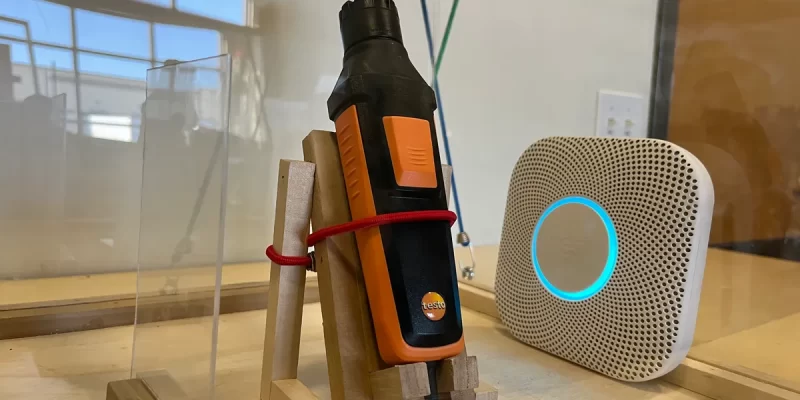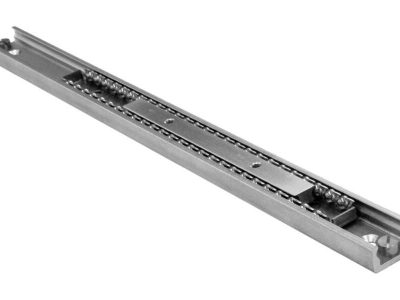Carbon monoxide (CO) is a dreary, scentless gas that can be deadly whenever inhaled in large quantities. Low-level carbon monoxide detectors are crucial for early identification, potentially saving lives by alerting homeowners to the presence of best low level carbon monoxide detector before it reaches hazardous levels. Choosing the right detector is vital for guaranteeing your home remains a safe climate.
Key Features to Consider
While choosing a low-level carbon monoxide detector, several features ought to be considered to guarantee viability and reliability:
- Awareness and Accuracy: Pick detectors that can distinguish CO concentrations as low as 5 to 10 parts for every million (ppm). This awareness level is crucial for protecting those with respiratory issues who may be more vulnerable to lower levels of CO.
- Alarm Volume: Guarantee the alarm is clearly sufficient to be heard all through your home, typically around 85 decibels. This feature is essential, especially assuming the alarm needs to awaken resting people.
- Battery Life and Power Choices: Pick a detector with a long battery life or a module choice with a battery backup to guarantee persistent protection, in any event, during blackouts.
- End-of-Life Warning: Excellent CO detectors will alert you when the gadget is nearing the finish of its viable lifespan, which is typically 5 to 7 years after installation.
- Digital Display: A digital display can give real-time updates on current CO levels, regardless of whether they are below the edge that sets off the alarm. This feature is particularly helpful for continuous monitoring and for families with older inhabitants, kids, or those with health issues.
Installation Tips
Appropriate placement of carbon monoxide detectors is as crucial as the decision of detector itself. Install detectors on each level of your home, including the basement. Place them near resting areas to guarantee alarms can be heard during the evening. Avoid installing detectors right close to fuel-consuming appliances as this can lead to false alarms; instead, place them at least 15 feet away.
Regular Maintenance
Regular testing and maintenance are essential. Test the CO detector month to month and replace batteries annually or as suggested by the manufacturer. Never disregard a CO detector alarm — even low levels can be harmful over the long haul.
Choosing the right best low level carbon monoxide detector includes understanding the particular requirements of your home and guaranteeing that the gadget considers every contingency with regards to responsiveness, power stability, and alarm clarity. With the right detector installed accurately and maintained regularly, you can significantly enhance your home’s safety, keeping your family protected against the quiet threat of carbon monoxide.









Comments